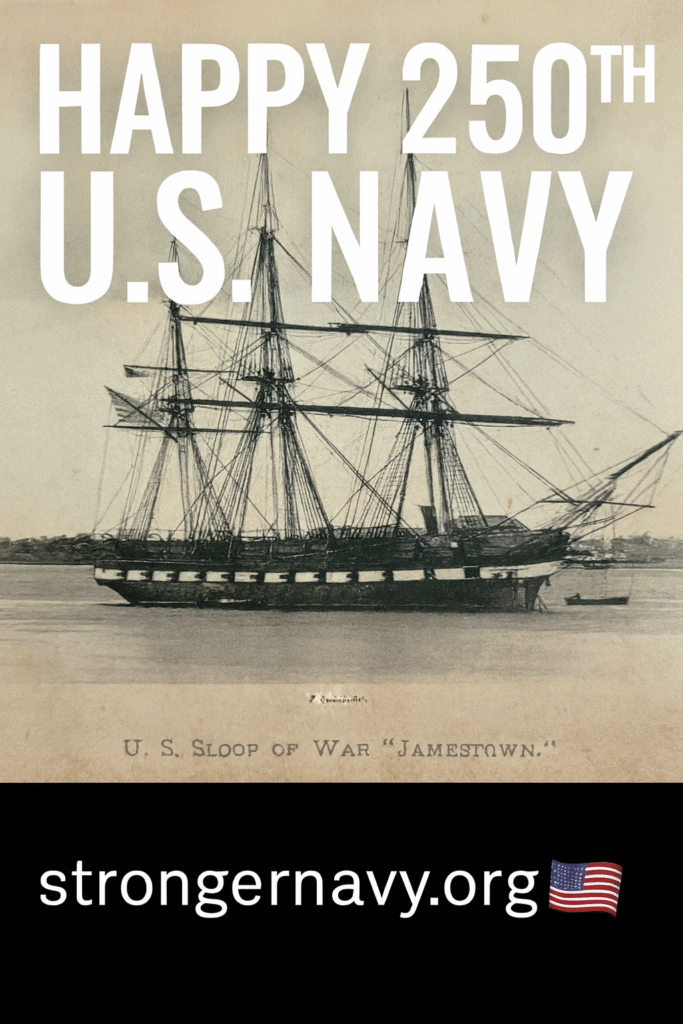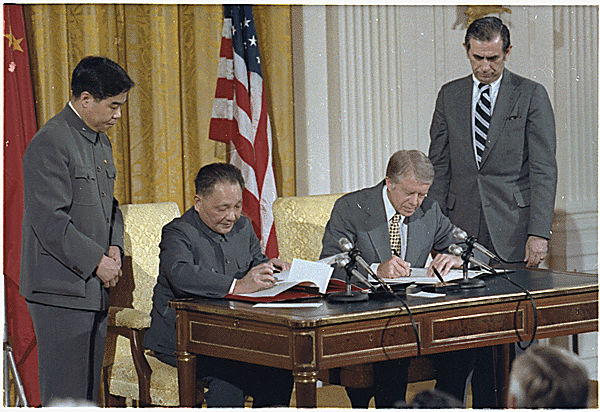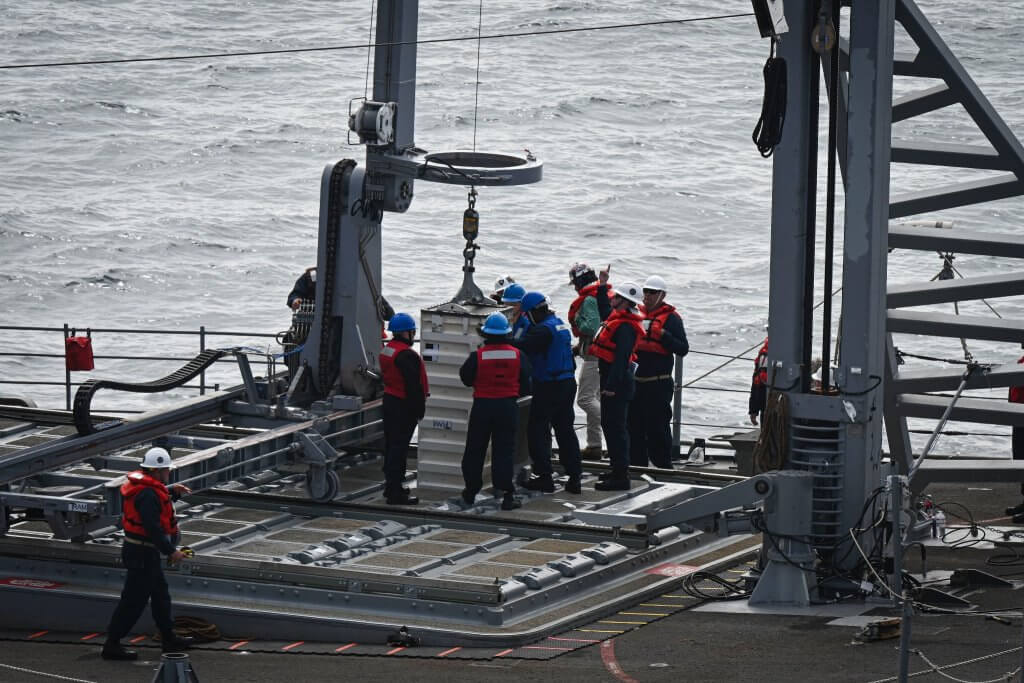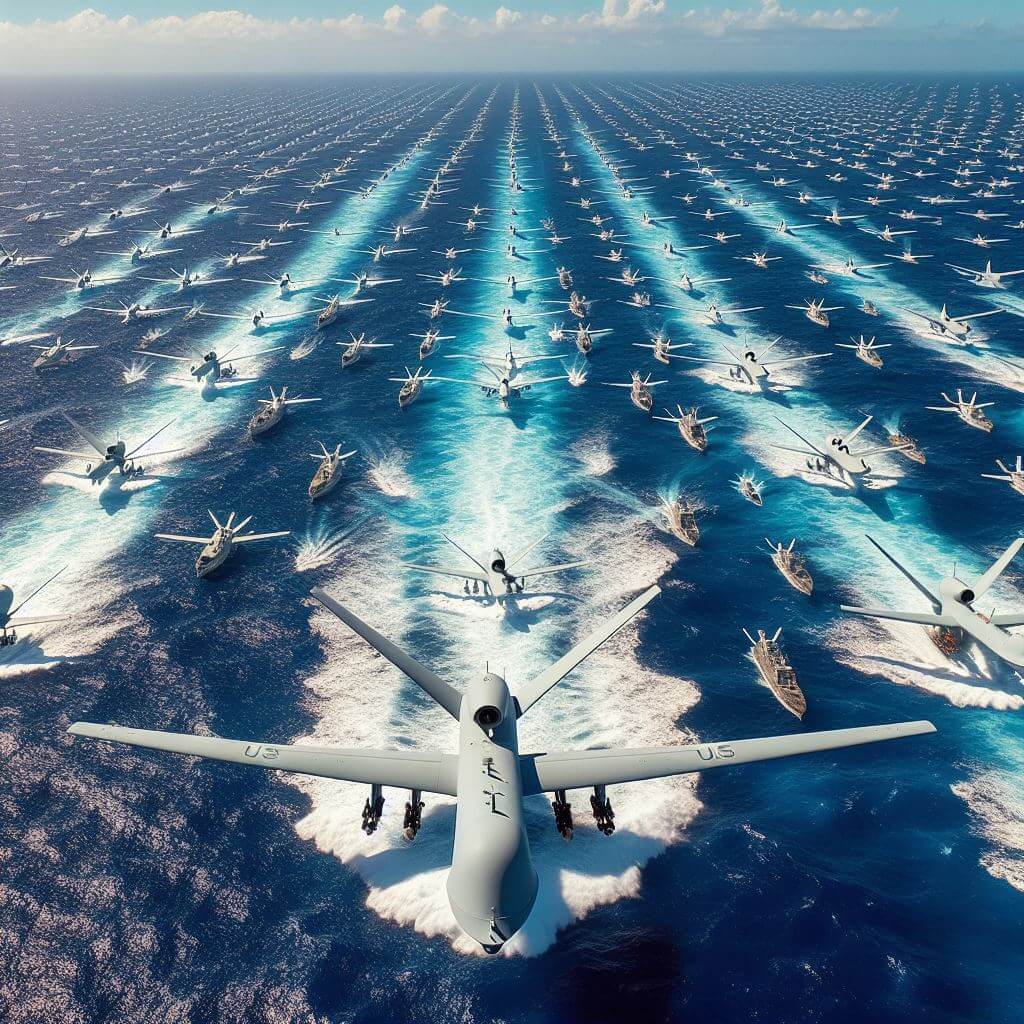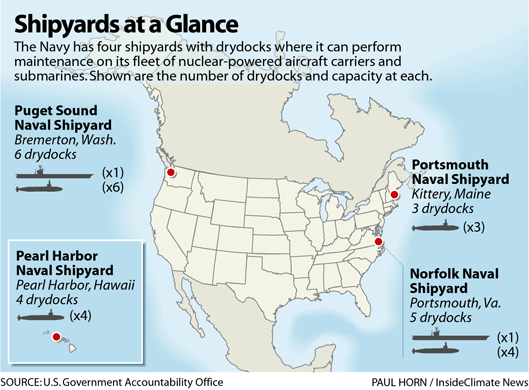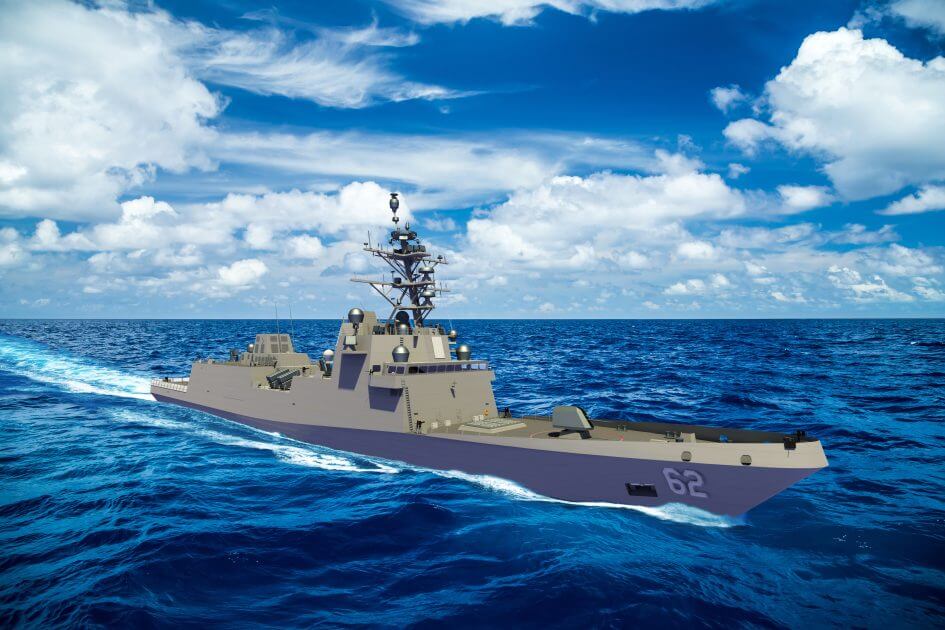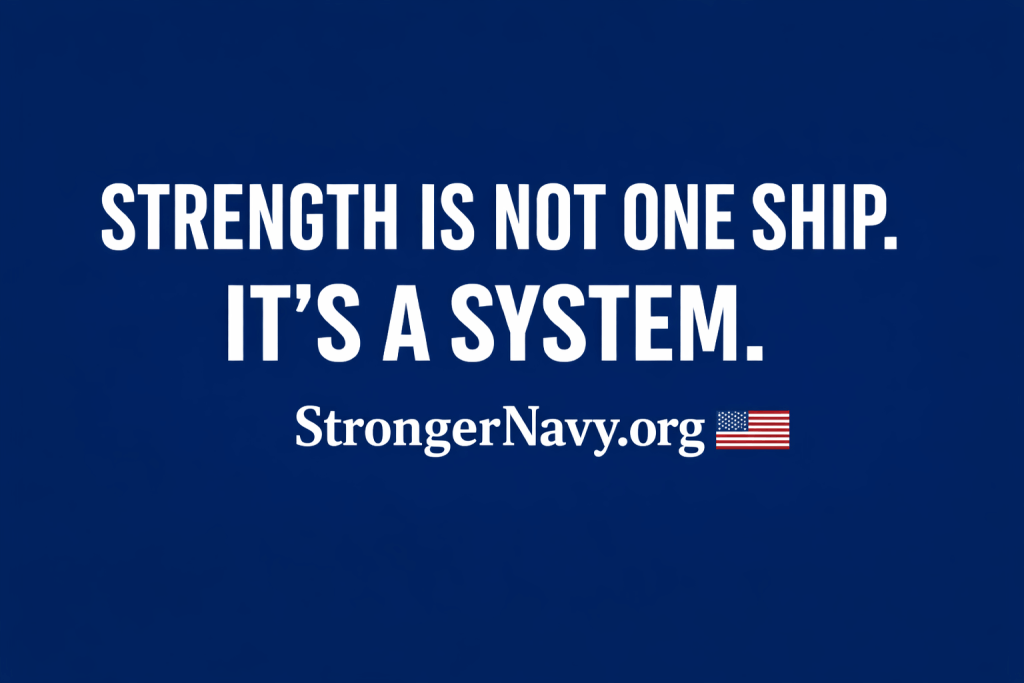

Naval historian Trent Hone recently published a thoughtful piece explaining why the U.S. Navy no longer builds battleships—and why, from a warfighting standpoint, it probably shouldn’t.
Hone’s argument is straightforward: the operational logic that once justified battleships has been obsolete for decades. Big guns gave way to aircraft. Aircraft gave way to missiles. Today’s naval combat rewards dispersion, networking, and numbers—not massive armored hulls.
That assessment is widely shared among naval professionals.
But Hone makes a second, more subtle point that deserves more attention: battleships have always carried symbolic power far beyond their military utility. They were never just weapons. They were national statements—about strength, reach, prestige, and ambition.
That symbolic role has not disappeared.
And that’s where the conversation gets interesting.
Two Serious Perspectives, One Shared Conclusion
Hone is a respected scholar and strategist. He holds the Marine Corps University Foundation Chair of Strategic Studies and has written extensively about how naval doctrine evolves with technology and threat environments. His view is clear: building a new battleship today would produce a smaller, less resilient, less lethal fleet than the alternatives.
Others, however, approach the issue from a different angle.
Defense analyst Brent Sadler, for example, has argued that what matters most is not any specific platform but the urgent need to rebuild American sea power at scale. His emphasis is on fleet size, industrial capacity, and the ability to sustain combat operations over time. For Sadler, bold ideas—even controversial ones—are useful if they force the public to confront how far the Navy has fallen behind its global responsibilities.
These two views may differ on specifics, but they converge on something essential:
America needs a stronger Navy.
Not symbolically. Not nostalgically. Structurally.
The Real Problem Isn’t Battleships—It’s Public Understanding
The deeper issue raised by this debate is not whether we should build a new class of battleships. It’s that the American public has lost touch with what sea power actually means.
Most Americans don’t see the Navy at work.
They don’t see trade routes.
They don’t see chokepoints.
They don’t see logistics.
They don’t see undersea cables.
They don’t see maintenance backlogs.
They don’t see shipyard fragility.
They don’t see attrition math.
But they do recognize symbols.
Battleships, like aircraft carriers, are easy to understand. They look powerful. They feel powerful. They communicate strength in a way spreadsheets and logistics diagrams do not.
That doesn’t make them good warfighting solutions—but it does make them powerful communication tools.
And the Navy has a communication problem.
A stronger Navy is not only a military challenge. It is a civic one—requiring public understanding, long-term commitment, and new thinking about how we fund and sustain national security.
Why Americans Should Care
The U.S. Navy is not just a military force. It is the invisible foundation of modern American life.
It protects global trade.
It stabilizes energy flows.
It keeps shipping lanes open.
It reassures allies.
It deters coercion.
It underwrites economic stability.
When the Navy weakens, these systems become fragile.
That fragility doesn’t show up overnight—but it shows up eventually.
Implications for the Navy
Modern naval power is no longer about a few dominant platforms. It is about:
Numbers
Redundancy
Repairability
Sustainment
Resilience
Industrial depth
Networked operations
A stronger Navy is not just a bigger Navy—it is a Navy that can take losses and keep fighting.
That requires more ships, more shipyards, more trained sailors, and more public support.
Implications for Our Allies
Allies do not just look at U.S. statements. They look at U.S. capacity.
They ask:
Can America show up?
Can America stay?
Can America sustain?
Can America adapt?
A strong Navy reassures allies.
A hollow Navy invites testing.
Where We Stand
At Americans for a Stronger Navy, we are not here to pick winners in platform debates. Reasonable people will disagree about hulls, missiles, drones, and fleet composition.
But most serious voices agree on one thing:
The Navy is stretched too thin.
The industrial base is fragile.
The fleet is too small for its mission set.
And the public does not understand what’s at stake.
That is the gap we exist to close.
Not through nostalgia.
Not through fear.
But through education.
Because a democracy cannot sustain a strong Navy if it does not understand why it needs one.
That’s why we launched Charting the Course: Voices That Matter — a 24-part educational series breaking down how we got here, what went wrong, and what must happen next. Our goal is simple: educate the public, connect the dots, and build the support needed to close the readiness gap before it’s too late.
Let’s roll.


